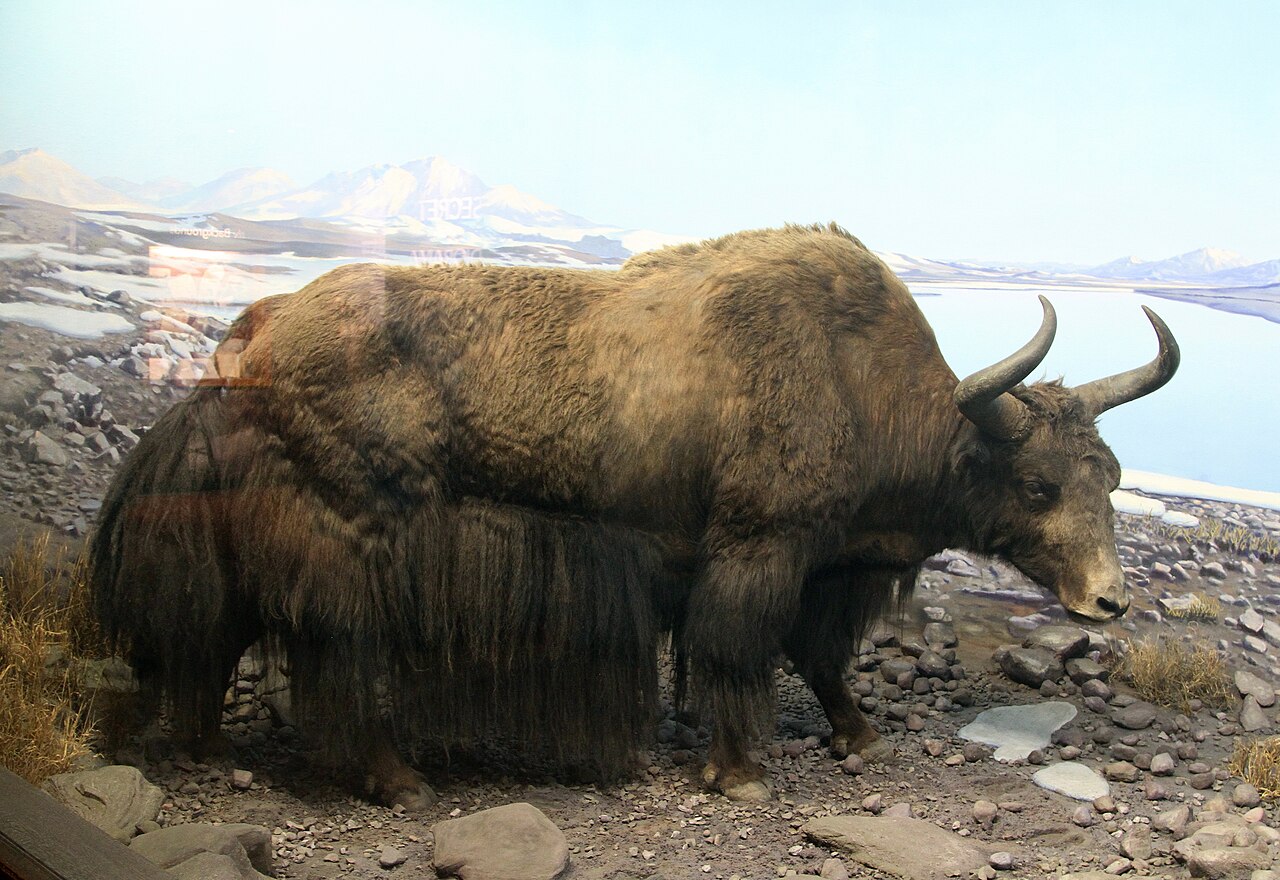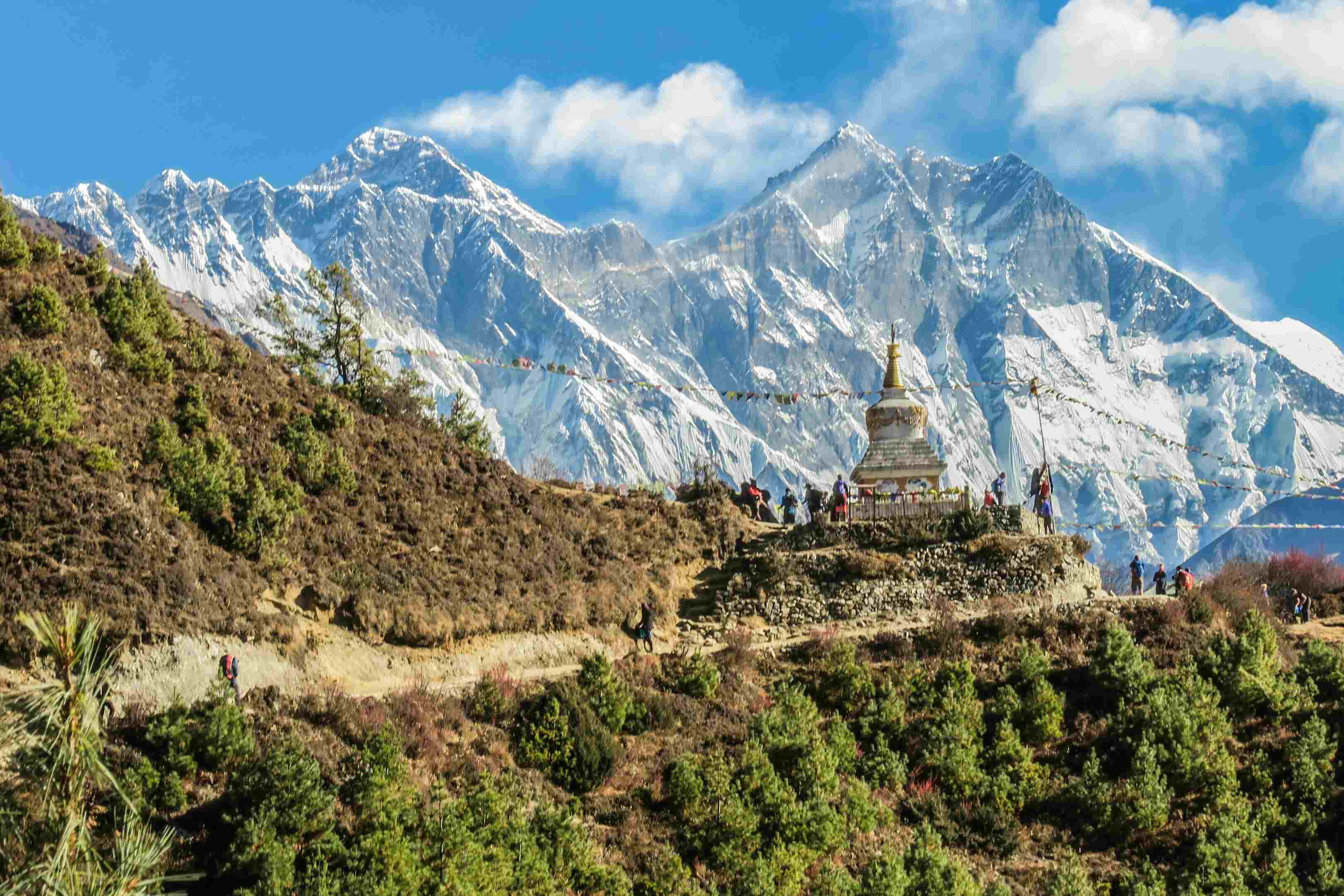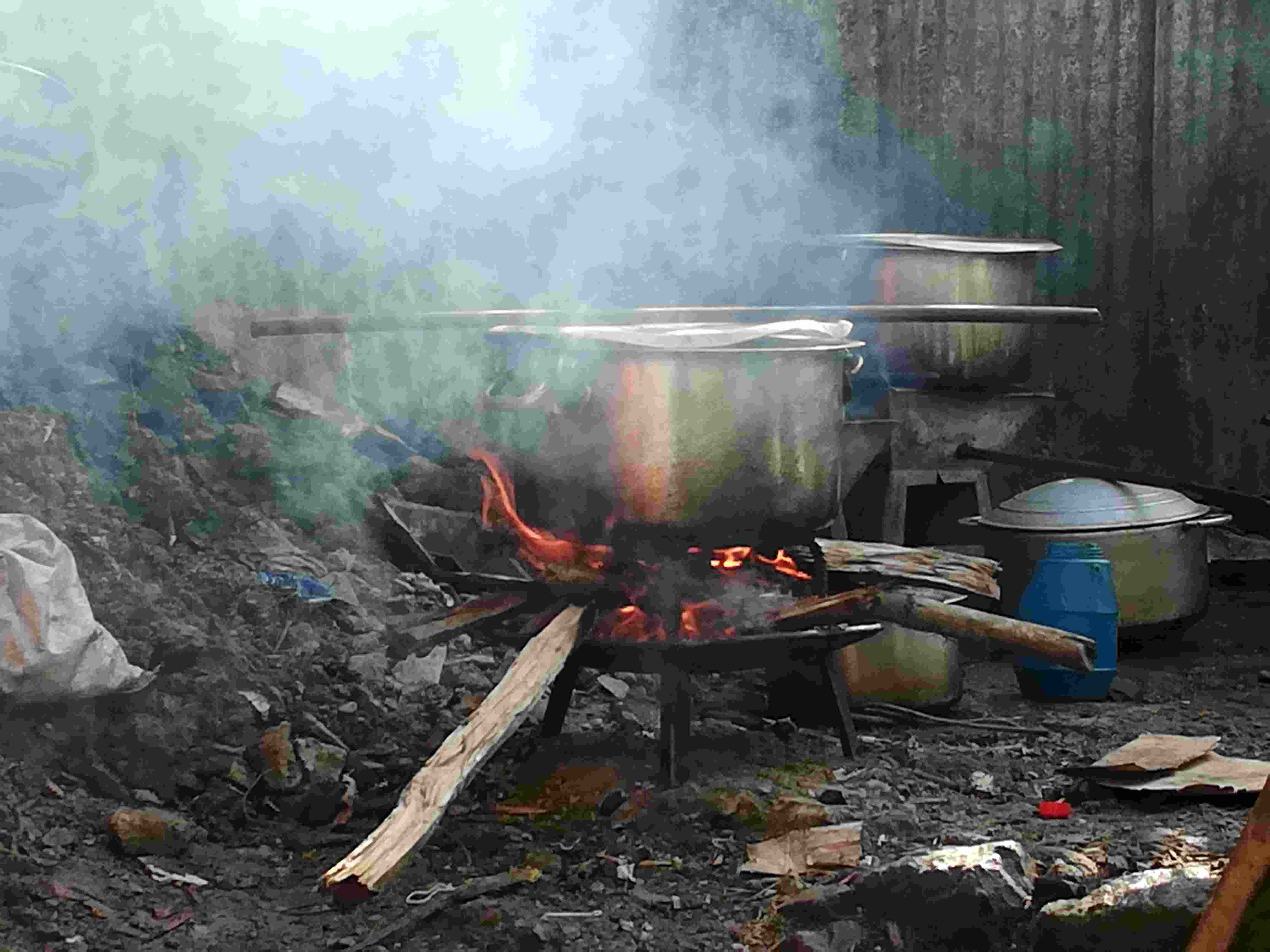Share this Article

Introduction
The wild yak (Bos mutus) is an iconic high-altitude bovine species found in the rugged landscapes of the Himalayas. It is primarily associated with the Tibetan Plateau but has also been reported in Nepal’s remote highlands. The wild yak is a vital component of the high-altitude ecosystem and plays a significant role in the culture and livelihood of local communities. This article delves into the ecology, distribution, cultural significance, threats, and conservation efforts related to the wild yak in Nepal.
Taxonomy and Physical Characteristics
Wild yaks belong to the Bovidae family and are closely related to the domestic yak (Bos grunniens). They are large, heavily built animals with long, shaggy hair that insulates them against the extreme cold. Adult males can weigh up to 1,000 kg, whereas females are considerably smaller. Wild yaks have black to dark brown fur, curved horns, and a sturdy build suited for survival in the harsh Himalayan terrain.
Distribution and Habitat in Nepal
In Nepal, wild yaks primarily inhabit the trans-Himalayan region, particularly in areas close to the Tibetan border. Some of the key regions where wild yaks have been recorded include:
1. Upper Mustang
2. Dolpa District
3. Humla
4. Mugu
5. Upper Manang
These regions are characterized by alpine meadows, cold deserts, and rocky mountain slopes. Wild yaks prefer elevations ranging from 3,500 to 6,000 meters, where they graze on grasses, shrubs, and mosses adapted to high-altitude conditions.
Ecological Role
Wild yaks play an essential role in maintaining the balance of high-altitude ecosystems. They help in seed dispersal, contribute to soil fertilization through their droppings, and serve as prey for large carnivores such as the snow leopard (Panthera uncia). Their grazing patterns also influence plant community structures in alpine environments.
Cultural and Economic Significance
The wild yak holds immense cultural value for the indigenous communities of the Nepal Himalayas. Although domesticated yaks are more common in Nepal, wild yaks have historically been revered for their strength and resilience. Some key cultural and economic aspects include:
1. Symbol of Strength and Resilience: In Himalayan folklore and Buddhist traditions, the wild yak is often depicted as a powerful and sacred animal.
2. Economic Resource: Although wild yaks are not directly used in Nepal’s economy, their domesticated relatives provide milk, meat, wool, and transportation services.
3. Tourism Potential: Sightings of wild yaks attract nature enthusiasts and wildlife researchers, contributing to eco-tourism in Nepal’s mountain regions.
Threats to Wild Yaks in Nepal
Despite their historical presence, wild yaks in Nepal face numerous threats that put their survival at risk. Some of the most pressing threats include:
1. Habitat Degradation
Climate change and human encroachment have led to the degradation of wild yak habitats. Increased livestock grazing and infrastructure development have altered traditional grazing lands, forcing wild yaks to move to more restricted areas.
2. Hybridization with Domestic Yaks
One of the biggest challenges facing wild yaks in Nepal is hybridization with domestic yaks. Crossbreeding leads to genetic dilution, which can impact the survival of pure wild yak populations.
3. Poaching and Illegal Hunting
Although hunting wild yaks is illegal in Nepal, occasional poaching occurs due to demand for their meat, fur, and horns. Some traditional hunting practices in remote areas also pose a threat to wild yak populations.
4. Competition with Domestic Livestock
Increased yak and sheep herding in high-altitude areas leads to direct competition for food resources. Overgrazing by domestic animals reduces the availability of forage for wild yaks, leading to nutritional stress.
5. Climate Change
The Himalayan region is experiencing rapid climate change, leading to glacial retreat and changes in vegetation patterns. These environmental changes threaten the wild yak’s natural habitat and food sources.
Conservation Efforts
Nepal has taken several initiatives to protect its high-altitude wildlife, including the wild yak. Conservation efforts include:
1. Protected Areas and National Parks
Nepal has established several protected areas that provide refuge to wild yaks, including:
- Shey Phoksundo National Park (Dolpa)
- Api Nampa Conservation Area (Darchula)
- Annapurna Conservation Area (Manang, Mustang)
- Makalu Barun National Park (Eastern Himalaya)
These protected areas aim to safeguard the biodiversity of Nepal’s trans-Himalayan region, providing a safe habitat for wild yaks.
2. Community-Based Conservation
Local communities play a vital role in conservation. Various community-led initiatives promote sustainable grazing practices, ecotourism, and habitat restoration efforts to protect wild yak populations.
3. Genetic Conservation Programs
Efforts are underway to prevent hybridization between wild and domestic yaks. Conservationists are advocating for the genetic purity of wild yak populations by regulating crossbreeding practices.
4. Research and Monitoring
Scientific studies and monitoring programs are essential for understanding wild yak population dynamics in Nepal. Research on their movement, diet, and habitat preferences helps in designing effective conservation strategies.
Future Prospects and Challenges
While Nepal has made progress in conserving its high-altitude biodiversity, the future of wild yaks remains uncertain. Addressing habitat loss, minimizing human-wildlife conflicts, and strengthening anti-poaching measures are crucial steps toward their long-term survival. Collaborative efforts between the government, local communities, and conservation organizations can ensure a sustainable future for wild yaks in Nepal.
Conclusion
The wild yak is an integral part of Nepal’s high-altitude ecosystem and cultural heritage. Although it faces multiple threats, conservation initiatives offer hope for its survival. Protecting wild yaks is not just about preserving a species—it is about maintaining the ecological balance of the fragile Himalayan region. With continued efforts, Nepal can ensure that the wild yak remains a symbol of resilience and strength in the Himalayas for generations to come.
Categories:
Nature & Wildlife
Tags:
YakCulture
,
BiodiversityNepal
,
ProtectWildlife
,
WildYak







